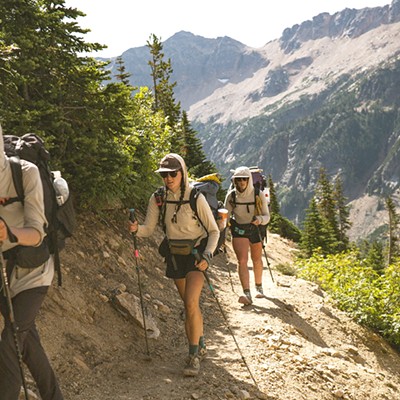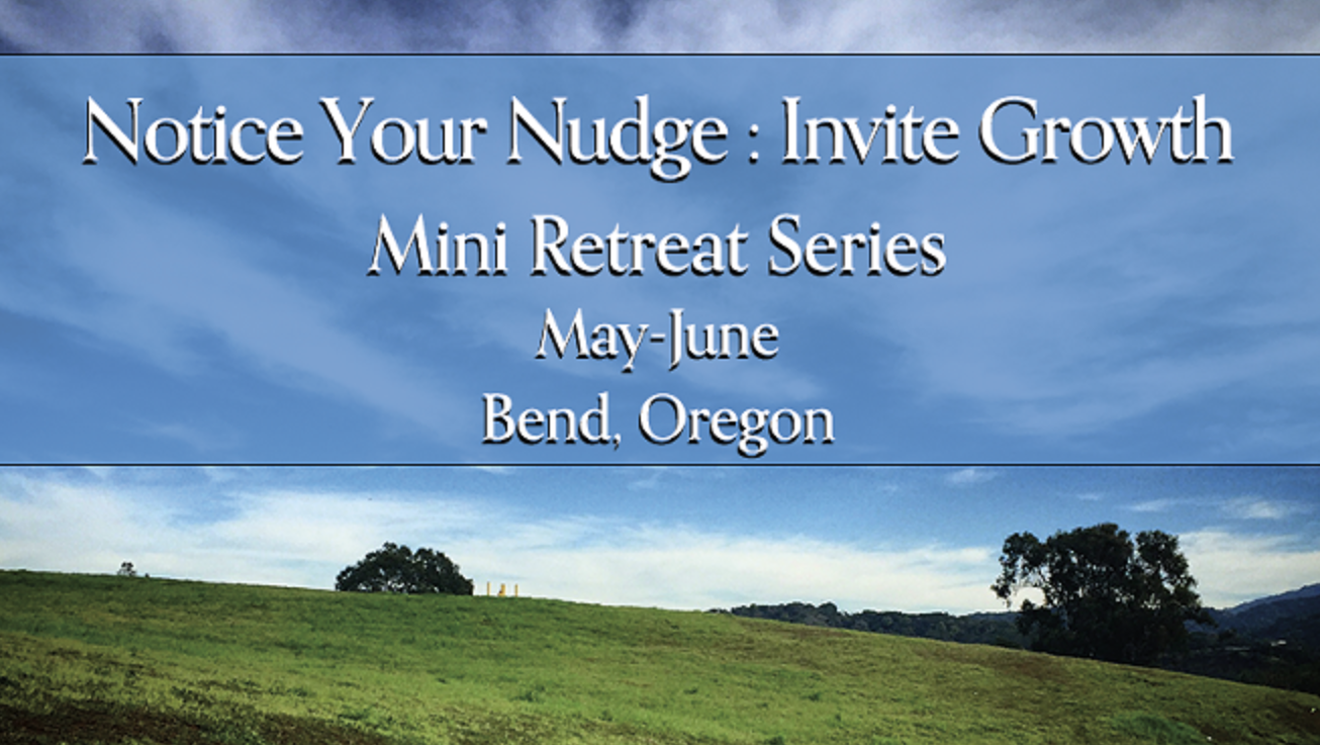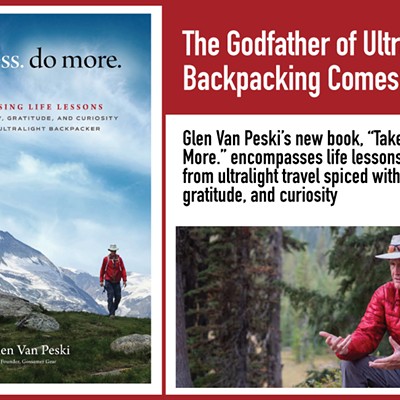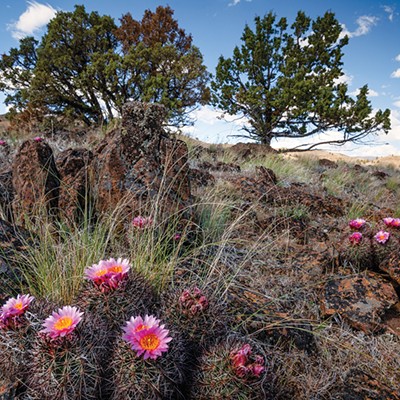You know that outdoor sport that you love—the one you can't stop thinking about and you spend all your free time doing? Yeah, that one.
Now, imagine that after years of training, sacrifice and dedication, you have the opportunity to compete in the Olympics. But then, without warning, your event is dropped from the Olympic schedule.
That's what happened to Bend's Jed Langley before the '76 Summer Olympics in Montreal. He and his brother Jay, expert paddlers and shoo-ins for the summer games, lost their chance to compete in the C-2 whitewater canoeing event after the Olympic committee decided to pull the two-man race.
"We were in line, we were in the top four boats," Jed Langley said. "But they canceled it in Canada the year that we were right in line. The whole sport just went away for that one year."
It was a huge disappointment to the two brothers who had built their lives in Bend around competing and had built training courses in several sections of the Deschutes River to help them prepare.
The Langleys were introduced to kayaking and started boating while in high school in Portland.
"We were in what was called the Oregon Kayaking and Canoe Club, and so we just ran rivers with some friends during high school," Langley said.
It was this brief introduction to regional competition that set the hook for Langley and his brother, who has since passed away. It was also when they discovered the boat that would eventually take them to Europe for the World Championships in 1975: their beloved two-man whitewater canoe.
A C-2 has a covered deck just like a kayak. Unlike a kayak, though, participants kneel rather than sit and use a single-bladed paddle rather than a double-bladed one. The "2" in C-2 refers to its capacity. The Langley's two-person whitewater canoe was two feet longer and eight inches wider than the whitewater kayaks of that time.
"A lot of it's due to body style. I'm just more comfortable kneeling than I am sitting." he said, describing part of his and his brother's motivation to switch from kayaking to canoeing.
When the Langleys finished school they moved to Bend, Jay in '70 and Jed three years later. After surprising themselves at a race on a river outside Seattle, they amped up their focus and got serious about competing in whitewater.
For the first year that they both lived in Bend, they stashed their boat at a friend's house on Mirror Pond, hung slalom gates from the Newport Avenue bridge, and regularly practiced their technique on the Deschutes River.
"We started a training schedule between the two of us," Langley said. "I moved over here so we could train together after work on a daily basis, rather than once a week, or once every two weeks."
The brothers traveled around the Northwest to compete in races on various rivers. They also competed in flatwater gate races at indoor pools, events that relied on complicated maneuvering to add difficulty to the calm water.
"After we'd been here a couple years doing it, we got full (approved) access to the North Unit Canal...and set up a permanent training course," Langley said, of a route they designed near the Riverhouse. "We would put on training camps and invite people from all over the Northwest. We [taught] people how to race their kayaks or their canoes."
Surprisingly, in spite of the Langleys' enthusiastic whitewater involvement, years would pass before Central Oregon experienced its second whitewater boom.
By the time a second wave of avid paddlers started descending the Deschutes, Crooked and Metolius rivers, the brothers had moved on to pursue "real life." But not before stamping Bend, a town that will soon have a surf park, as a true whitewater destination.




















